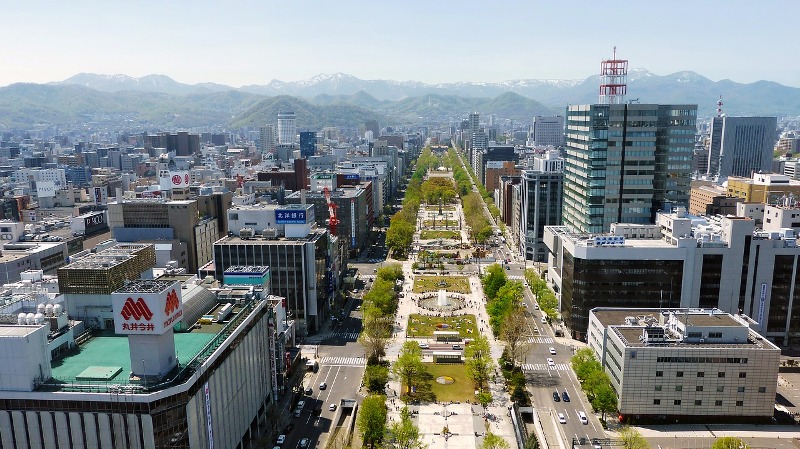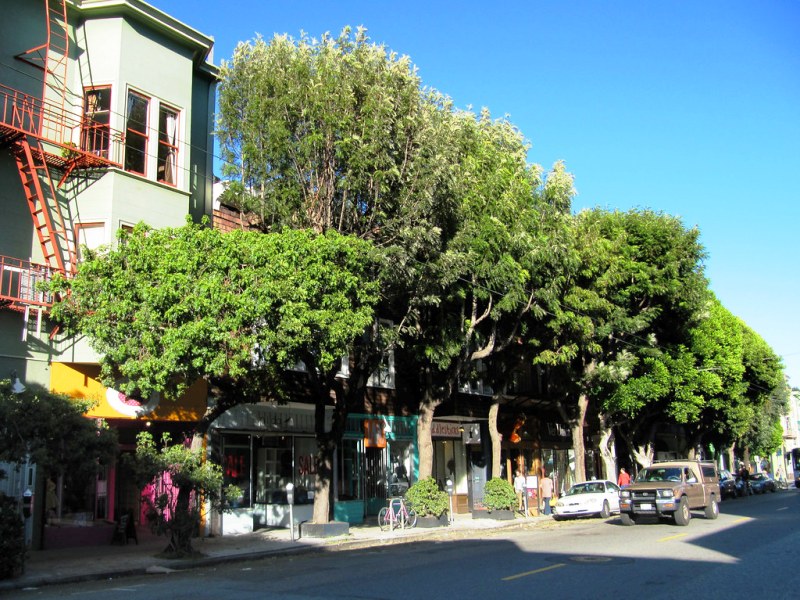More and more cities are turning to urban micro forests.
Coming from Japan, micro forests inspired by the Miyawaki method ensure biodiversity and are in vogue in cities and neighbourhoods seeking to green up. Example in Montreal and Toulouse. Putting green in the city is a concern for many elected officials around the world. Reducing pollution in the city and putting plants and trees back in urban areas is a significant challenge. With the development of more frequent heatwaves, dealing with heat islands in the city is a question. The idea is also to improve the quality of life of city dwellers and their health. Therefore, the planting of trees is one of the actions implemented by cities like Montreal or Toulouse.
What is a micro forest?
Urban micro forests appeared in the 1970s in Japan. It is a Japanese botanist named Akira Miyawaki who is at the origin of this idea. He thought about the potential of dense urban forests, recreating natural ecosystems. These spaces composed of native trees allow absorbing CO2. The idea is to let a wide variety of indigenous trees cohabit in relatively small areas of a few dozen square meters to accelerate their development.
Thus, reforestation is one of the most effective methods to fight against climate change. Note that these systems have good rooting and can withstand extreme weather conditions. This is a good thing for urban areas that sometimes face torrential rains, strong winds and periods of drought.
The Miyawaki method is on the rise.

In recent years, the Miyawaki Method has gained momentum around the world. Citizens are organizing and seeking to transform their cities, and it is about greening available spaces. The Miyawaki philosophy also has its opponents, who debate its effectiveness, and some speak of greenwashing. Although the micro forest, composed of tightly planted native trees, multiplies without maintenance, it does not ensure their strong sustainability.
The trees grow tall and fast because they compete and want to reach light and water quickly. A study on the Miyawaki method, conducted in Europe, shows high mortality of trees 12 years after planting. The young shoots grown in a city will not systematically give trees.
Experiments in Montreal and Toulouse
In Montreal, Canada, two projects were conducted in the summer of 2021. Each one had brought together 600 trees and 30 shrubs. Carried out in collaboration with the Arbre-Évolution cooperative, spaces were made up of several species in the size of a tennis court. The project was implemented with the help of two private companies that participated in the reforestation program, and residents took part in the planting activities.
On the campus of Toulouse III, Paul Sabatier, a micro-forest project has been initiated. The goal was to plant 3,000 trees on a 1,000 m² area that will grow according to the technique of Akira Miyawaki. Endemic species were planted in a limited space and in a dense way. The project was led by the micro forest collective of the association Toulouse en transition and the Federal University of Toulouse Midi-Pyrénées.
23 species were planted, such as downy oak, wild cherry, common ash, apple tree, and medlar. A scientific follow-up is set up to see the evolution of the trees over time, with a mapping of the species.
Read more:
– 7 Easy Ways to Reduce Ocean Plastic Pollution;
– Why are Bees Important to our Planet;
– How Do You Make Good Compost;
– Ecologist Until Death? Choose the Cardboard Casket for Your Funeral!;
– Advantages and limitations of Cardboard Caskets;
